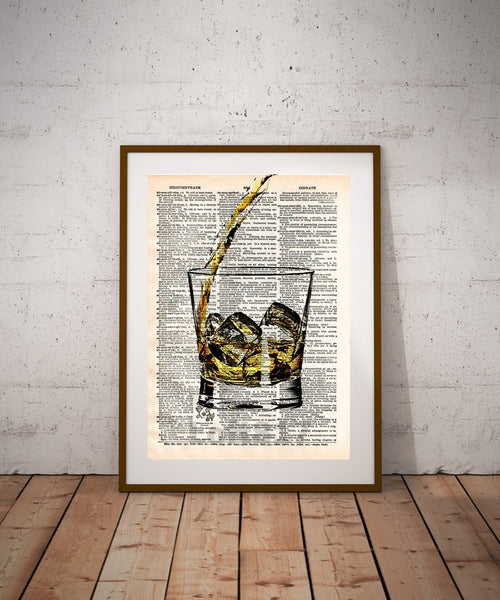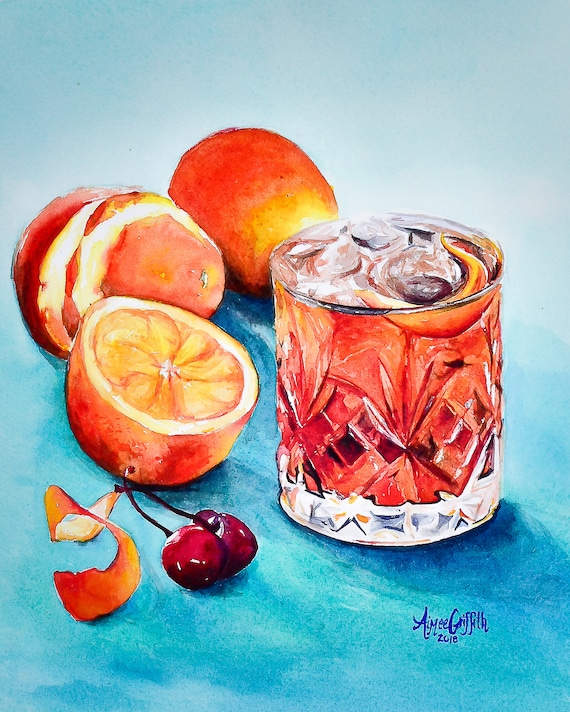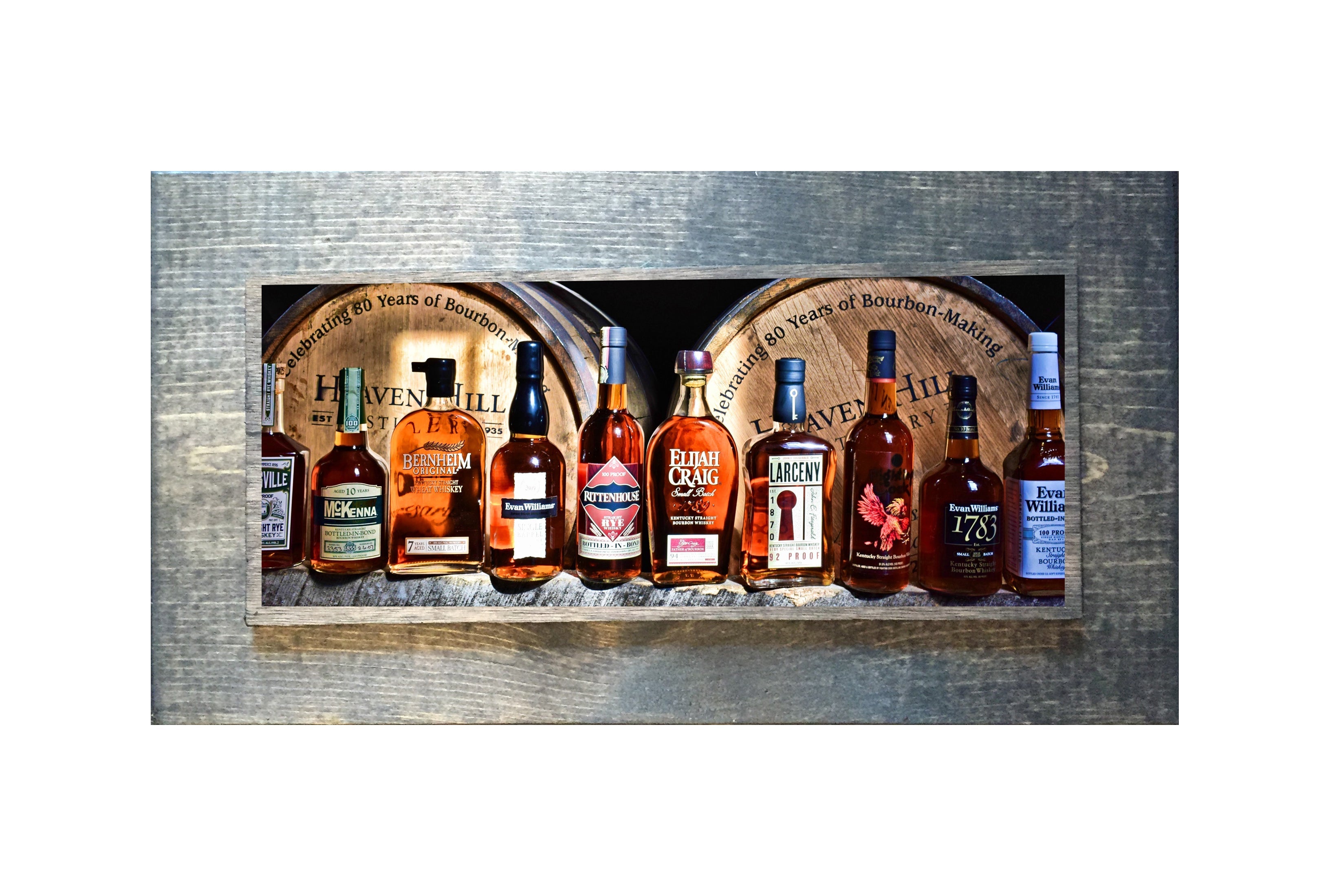Realism Art in the Whiskey Industry: Depicting Moments of Purification
Realism Art in the Whiskey Industry: Depicting Moments of Purification
Blog Article
The Value of Whiskey Art in Celebrating Heritage and Craftsmanship in the Beverage Industry
The elaborate partnership between bourbon art and the party of heritage and craftsmanship within the beverage sector can not be overstated. Through attentively made containers and tags, scotch brands encapsulate their historic origins and the artisanal abilities that define their manufacturing methods.
The Historical Origins of Whiskey
At the heart of scotch's allure lies an abundant tapestry of historical roots that map back to ancient people. The origins of whiskey can be connected to the purification techniques of the Sumerians and Babylonians around 2000 BCE, where very early forms of fermented grain drinks began to emerge. Nonetheless, it was in the Center Ages that the art of distillation developed significantly, specifically in Ireland and Scotland, resulting in the development of whiskey as we understand it today.
The term "bourbon" itself stems from the Gaelic word "uisce beatha," meaning "water of life." This expression underscores the cultural relevance of scotch in Celtic cultures, where it was often related to rituals, parties, and common bonding. By the 15th century, distillation ended up being an identified craft within monastic neighborhoods, leading the way for the establishment of lawful distilleries.
As profession courses increased, whiskey's appeal expanded, going beyond local boundaries and catching the interest of connoisseurs worldwide. Bourbon Art. This historic trip shows not only the craftsmanship behind bourbon manufacturing yet also its integral function in social and social contexts, marking it as a substantial drink throughout history
Artistic Expression in Branding
Bourbon branding stands as an engaging crossway of creativity and commerce, where aesthetic identity plays a critical function fit customer assumption. The looks of scotch tags, product packaging, and advertising and marketing materials mirror not only the brand name's tale yet also its core worths and heritage. Through creative expression, distilleries convey a story that reverberates with customers, stimulating emotions and triggering connections.
Making use of shade, typography, and images in branding serves to distinguish items in a saturated market. For example, conventional concepts may evoke a sense of credibility and workmanship, while contemporary styles can represent advancement and forward-thinking. This strategic artistic instructions enhances brand name recognition and loyalty, permitting customers to create a personal relationship with the bourbon they choose.
Moreover, imaginative expression in branding usually works as a celebration of regional heritage. Distilleries frequently include neighborhood signs or historical recommendations right into their layouts, creating a local color that welcomes consumers to take part in a broader social experience. Inevitably, the artistry behind bourbon branding not only boosts visual allure yet likewise enhances the overall story of the brand, cultivating a much deeper gratitude for the workmanship and heritage ingrained in each bottle.
Craftsmanship in Container Style
The creativity obvious in scotch branding extends past visual identification to encompass the workmanship associated with container style. Each container acts as a vessel not just for the spirit within, but likewise for the story it informs about its tradition, top quality, and beginning. The style process needs meticulous focus to information, as aspects such as product, closure, and form add dramatically to the overall assumption of the scotch.
Workmanship in bottle layout includes selecting high-grade glass that can boost the bourbon's shade and quality, while also giving a responsive experience for the consumer. The silhouette of the bottle should be both practical and cosmetically enticing, commonly reflecting the heritage of the brand. Lots of distilleries choose special shapes or embossed logo designs that evoke a sense of credibility and background.
Additionally, the label design and typography play a crucial duty in connecting the brand name's story. Bourbon Art. A well-crafted bottle not just mesmerizes the consumer's eye but likewise enhances the brand name's commitment to high quality and tradition. By doing this, the craftsmanship of bottle style ends up being an essential aspect of the whiskey experience, combining sites artistry with a profound respect for heritage
Cultural Significance of Bourbon Art
Commemorating custom and workmanship, the cultural relevance of bourbon art goes beyond simple appearances, intertwining with the historical and social narratives of the regions from which it comes from. Each bottle acts as a canvas, illustrating the one-of-a-kind tales, folklore, and traditions that have shaped regional whiskey-making practices. The elaborate layouts typically mirror the heritage of the distillers, including symbols and motifs that resonate with the culture and worths of their communities.

In enhancement, scotch art plays an essential function in public celebrations and celebrations, working as a concrete link between individuals and their shared experiences. By appreciating the virtuosity in scotch packaging, consumers cultivate a much deeper understanding and regard for the craft, eventually enriching their pleasure of the beverage itself.
Modern Trends in Bourbon Discussion
Recently, the presentation of bourbon has actually advanced to mirror modern tastes and patterns while still recognizing conventional workmanship - Whiskey Art. Distilleries are progressively concentrating on visual elements that boost the overall alcohol consumption experience, bridging the space in between Read Full Report heritage and modernity
Innovative container layouts have actually arised, often incorporating sustainable products and artistic tags that tell compelling tales. Many brand names currently work together with regional artists, infusing their products with special visual expressions that reverberate with consumers. Additionally, limited-edition releases are often packaged in collectible containers, adding worth and appeal for connoisseurs.

Verdict
In final thought, whiskey art serves as a crucial avenue for revealing the heritage and workmanship intrinsic in the beverage sector. Via elaborate branding, innovative container styles, and culturally significant imaginative components, bourbon brands effectively recognize their customs and connect with customers.


Craftsmanship in bottle design entails selecting premium glass that can improve the bourbon's color and clarity, while also giving a responsive experience for the consumer. In this method, the workmanship of container layout comes to be an essential element of the bourbon experience, combining artistry with an extensive regard for heritage.
In final thought, bourbon art offers as a crucial channel for expressing the heritage and workmanship intrinsic in the drink industry.
Report this page